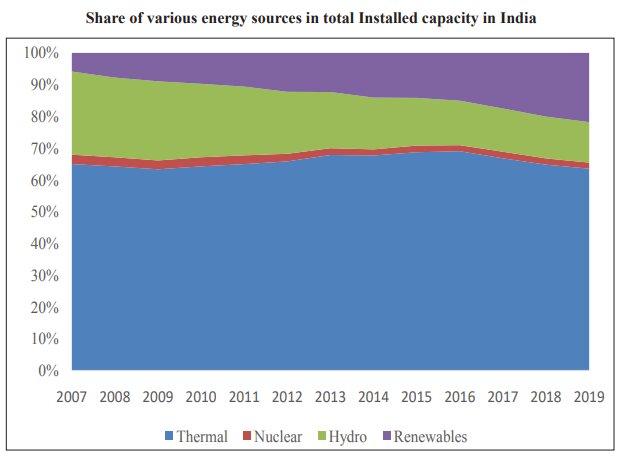Indian Economy
RBI’s Debt Resolution Norms
- 08 Jun 2019
- 4 min read
The Reserve Bank of India has issued a new set of norms for dealing with stressed or Non Performing Assets (NPA’s) assets in the banking sector.
- Resolution Plans like corporate debt restructuring scheme, strategic debt restructuring scheme, change in ownership outside SDR, sustainable structuring of stressed assets, joint lenders forum and flexible structuring of existing long-term project loans are withdrawn.
- Apart from banks, new norms are also applicable for Non Banking Financial Companies, Small Finance Banks and other Financial Institutions.
Revised Norms
- Lenders will get a 30 day review period to frame a resolution strategy, unlike previous norms that compelled lenders to start a resolution strategy even if there was a one day default.
- Lenders should initiate the process of implementing a resolution plan (RP) even before a default.
- Lenders shall recognise incipient stress in loan accounts, immediately on default, by classifying such assets as special mention accounts (SMA).
- SMA-0 categories will be treated as default case fit for insolvency resolution if they fail to pay the principal or interest due on them within 0-30 days.
- SMA-1 defaulters will be taken for Insolvency and Bankruptcy Code (IBC) if they don't pay between 31-60 days.
- SMA-3 firms will be treated for National Company Law Tribunal (NCLT) in case of no payment of dues within 61-90 days.
- Resolution plan involving restructuring/change in ownership of accounts where the aggregate exposure of lenders is Rs 100 crore and above, will require independent credit evaluation (ICE) of the residual debt by credit rating agencies (CRAs) specifically authorised by the Reserve Bank for this purpose.
- Accounts with aggregate exposure of Rs 500 crore and above shall require two such ICEs, others shall require one ICE.
- Lenders will have to submit a weekly report to the RBI on defaults by borrowers with exposure of ₹5 crore and above.
- System of disincentives in the form of additional provisioning for delay in implementation of resolution plan or initiation of insolvency proceedings.
- Additional provisions will have to be made by the banks as a percentage of total outstanding.
- There will be 20 provisions if the resolution is not implemented in 180 days from the end of the review period.
- Banks will have to make another 15% provision (total additional provisioning of 35 per cent) if the resolution is not done in 365 days.
- Any action by lenders with an intent to hide the actual status of accounts or evergreen the stressed accounts, will be subjected to stringent supervisory or enforcement actions, including higher provisioning on such accounts and monetary penalties.
- In order to implement resolution plan, lenders will have to sign inter creditor agreement (ICA), within the review period,(ICA will provide ground rules for finalisation and implementation of the resolution plan.)






